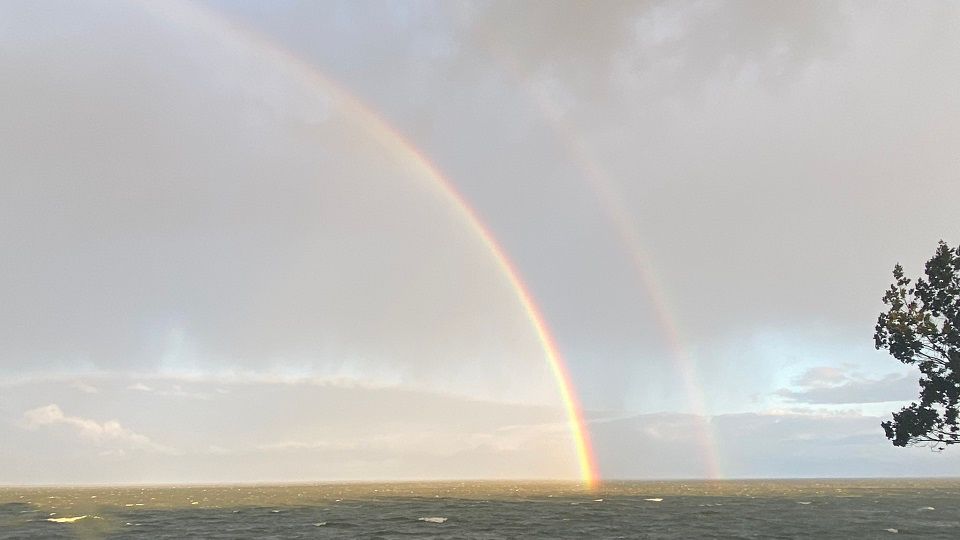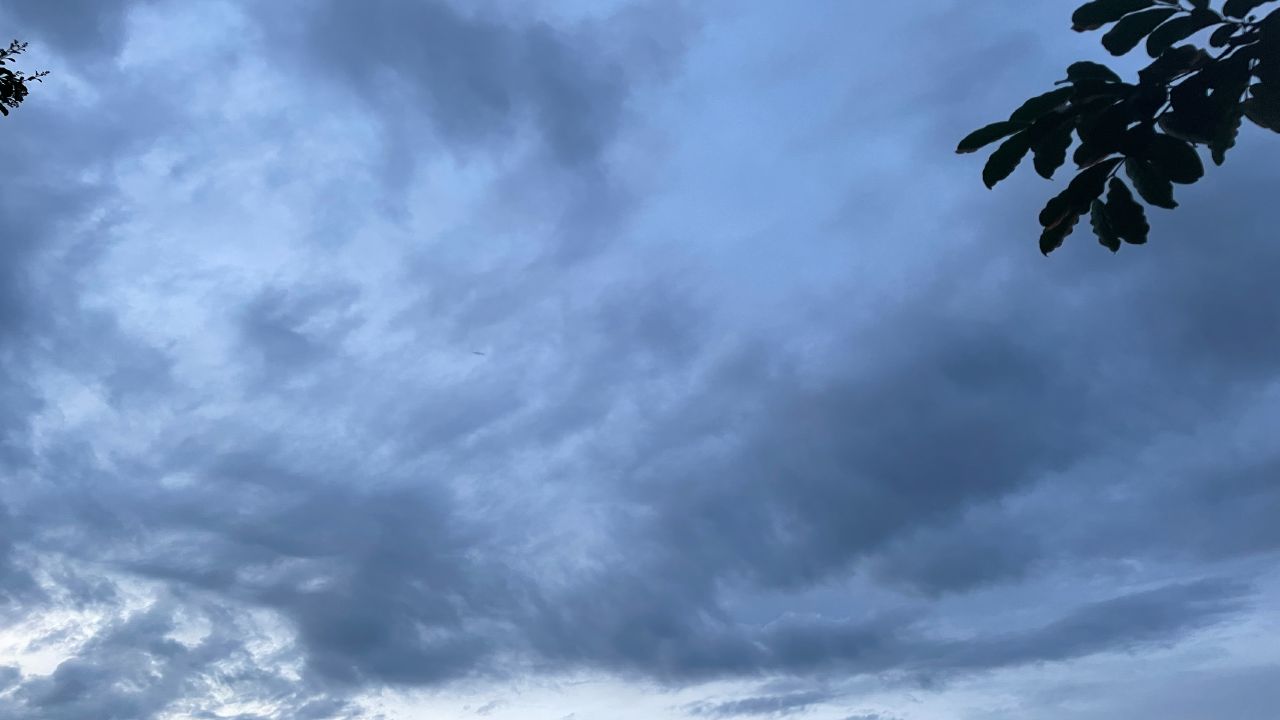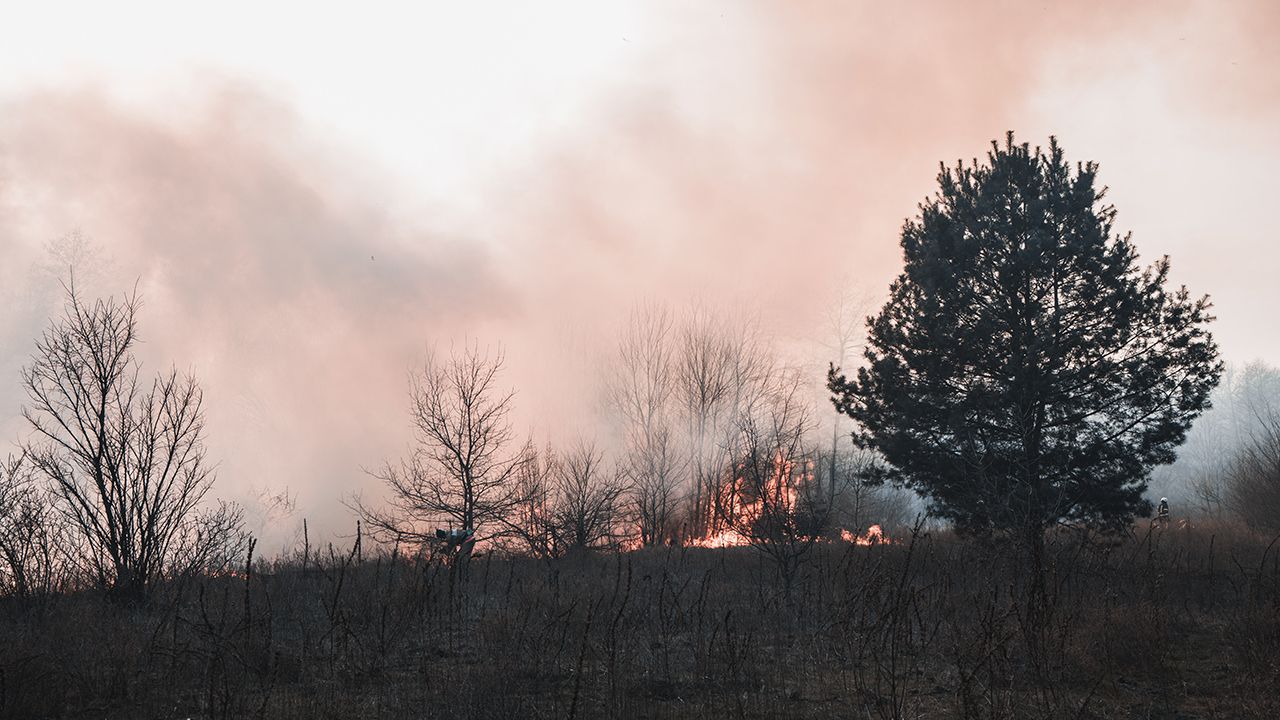Double rainbows happen when sunlight is reflected twice within raindrops. It’s a reflection of a reflection.
Rainbows form when sunlight passes through raindrops in the sky. First, the lights get refracted, or bent, when it enters the raindrop.
That causes the sunlight to separate into different wavelengths. Red has the longest wavelength of visible light, whereas violet is the shortest.
The light then hits the back of the raindrop and reflects the colors back towards the sun. Which is why the sun needs to be at your back in order to see a rainbow in the first place.
A double rainbow appears when that light doesn’t escape the raindrop after the first reflection. Instead, it reflects off the raindrop’s surface a second time.
The secondary rainbow will always be fainter and more pastel in tone than the main rainbow, though. It’s because more light gets scattered with each additional reflection.
So with fewer light rays available, that secondary rainbow will never be as vivid. The second rainbow will also be about twice as wide as the original rainbow because it’s being dispersed over a bigger area of the sky.
Many people (myself included) learned the colors of the rainbow with the help of the acronym “ROYGBIV.” That order of red, orange, yellow, green, blue, indigo, and violet is reversed in that secondary rainbow because of the double reflection.
So instead of red being the first bow color on top, violet takes over that spot in that secondary rainbow. That secondary bow will also appear above the first rainbow.









